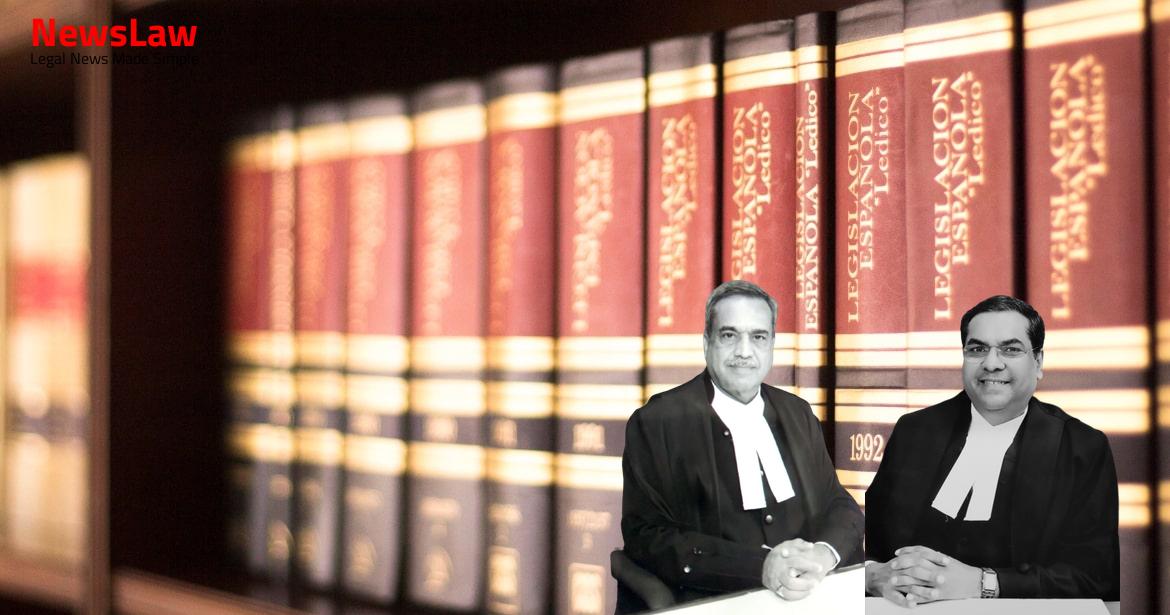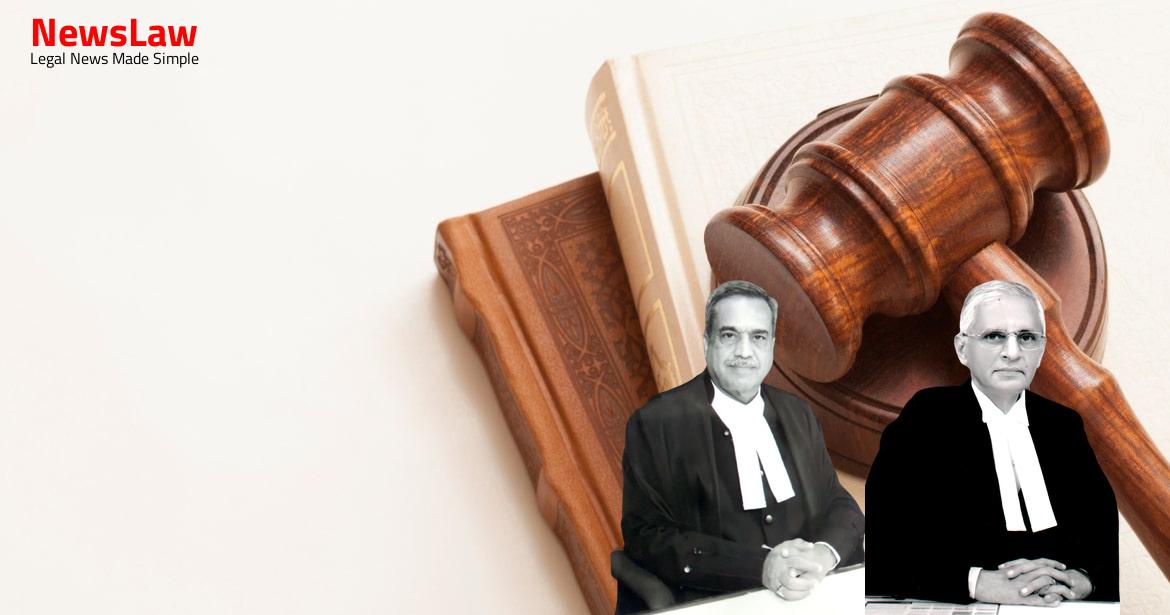From his first marriage, he has two children, a male child born on 1 February 2001 and a female child born on 3 March 2005.
The request of the appellant for the grant of maternity leave was rejected on 3 September 2019 on the ground that she had two surviving children and had availed of child care leave earlier for the two children born from the first marriage of her spouse.
By the impugned judgment and order dated 16 March 2021, the High Court dismissed the petition on the ground that there is no perversity or illegality in the judgment of the CAT.
The case of the appellant is that the maternity leave was sought by her on the birth of her first biological child and the fact that there are two children of her spouse born from an earlier marriage would not disentitle her under Rule 43 of the Rules of 1972. The appellant was, in the submission of the respondents, disentitled to maternity leave on the ground that she had two surviving children, in terms of Rule 43 of the Rules of 1972. Sub-rule (2) stipulates that during the period of maternity leave, the employee is entitled to leave salary equal to the pay drawn immediately before proceeding on leave. Sub-section (1) of Section 5 confers an entitlement on a woman to the payment of maternity benefits at a stipulated rate for the period of her actual absence beginning from the period immediately preceding the day of her delivery, the actual day of her delivery and any period immediately following that day. Female Workers (Muster Roll), a two-judge Bench of this Court placed reliance on the obligations under Articles 14, 15, 39, 42 and 43 of the Constitution, and Indias international obligations under the Universal Declaration of Human Rights 1948 and Article 11 of the Convention on the Elimination of All Forms of Discrimination Against Women to extend benefits under the Act of 1961 to workers engaged on a casual basis or on muster roll on daily wages by the Municipal Corporation of Delhi.
Article 11(2)(b) of CEDAW requires states “to introduce maternity leave with pay or comparable social benefits.”
Also Read: https://newslaw.in/?p=652
The relevant provision of Article 11 of CEDAW states that: 23.
Independent of the grant of maternity leave, a woman is also entitled to the grant of child care leave for taking care of her two eldest surviving children whether for rearing or for looking after any of their needs, such as education, sickness and the like. According to a time-use survey conducted by the Organisation for Economic Co-operation and Development (OECD), women in India currently spend upto 352 minutes per day on unpaid work, 577% more than the time spent by men.
The grant of child care leave to the appellant cannot be used to disentitle her to maternity leave under Rule 43 of the Rules of 1972.
These manifestations of love and of families may not be typical but they are as real as their traditional counterparts.
Case Title: DEEPIKA SINGH Vs. CENTRAL ADMINISTRATIVE TRIBUNAL (2022 INSC 834)
Case Number: C.A. No.-005308-005308 / 2022



